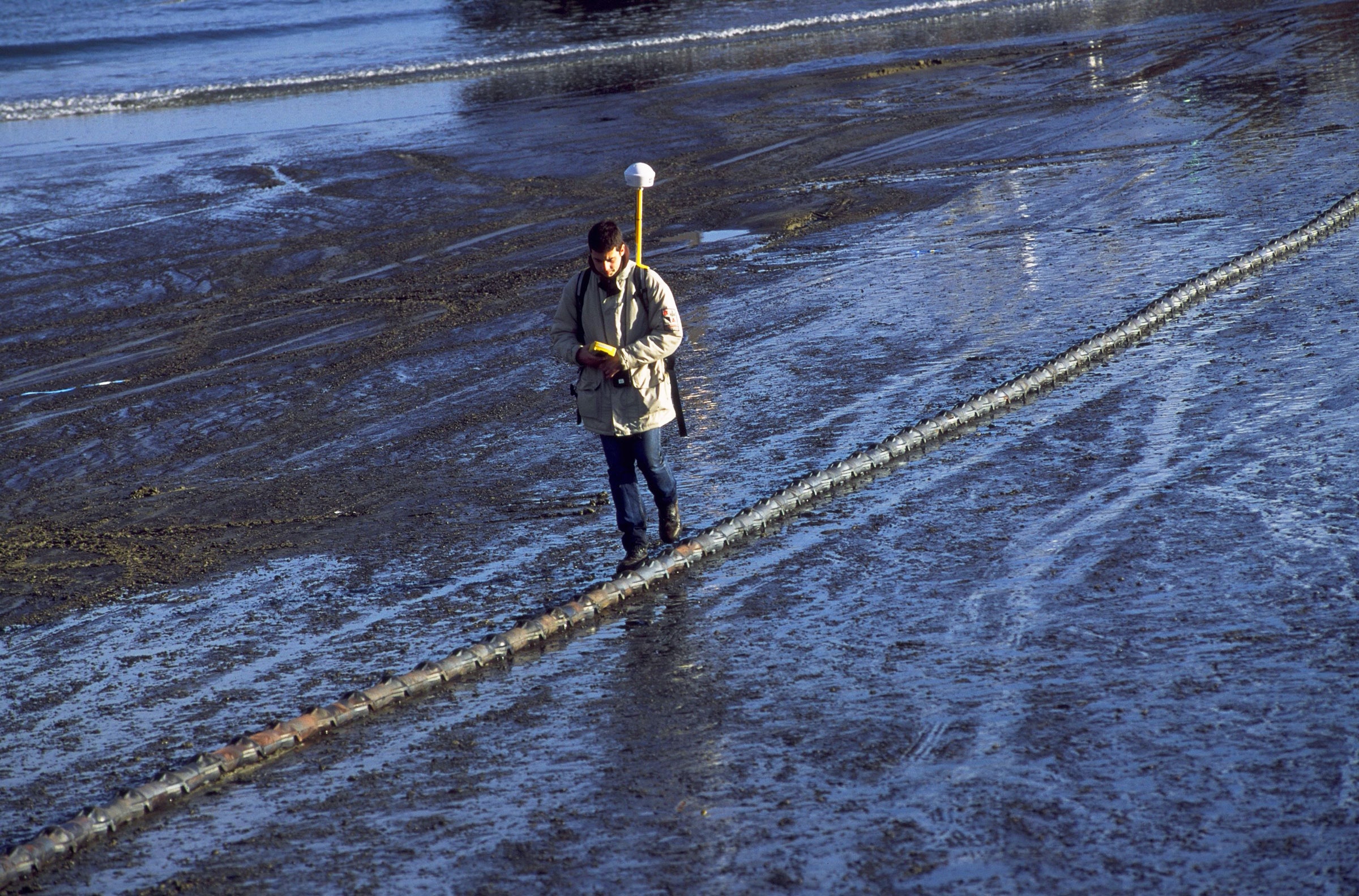Scientists have known for decades that an extreme solar storm, or coronal mass ejection, could damage electrical grids and potentially cause prolonged blackouts. The repercussions would be felt everywhere from global supply chains and transportation to Internet and GPS access. Less examined until now, though, is the impact such a solar emission could have on Internet infrastructure specifically. New research shows that the failures could be catastrophic, particularly for the undersea cables that underpin the global Internet.
At the SIGCOMM 2021 data communication conference on Thursday, Sangeetha Abdu Jyothi of the University of California, Irvine presented "Solar Superstorms: Planning for an Internet Apocalypse," an examination of the damage a fast-moving cloud of magnetized solar particles could cause the global Internet. Abdu Jyothi's research points out an additional nuance to a blackout-causing solar storm: the scenario where even if power returns in hours or days, mass Internet outages persist.

"What really got me thinking about this is that with the pandemic we saw how unprepared the world was. There was no protocol to deal with it effectively and it's the same with Internet resilience," Abdu Jyothi told WIRED ahead of her talk. "Our infrastructure is not prepared for a large-scale solar event. We have very limited understanding of what the extent of the damage would be."
That information gap mostly comes from lack of data. Severe solar storms are so rare that there are only three main examples to go off of in recent history. Large events in 1859 and 1921 demonstrated that geomagnetic disturbances can disrupt electrical infrastructure and communication lines like telegraph wires. During the massive 1859 "Carrington Event," compass needles swung wildly and unpredictably, and the aurora borealis was visible at the equator in Colombia. But those geomagnetic disturbances occurred before modern electric grids were established. A moderate-severity solar storm in 1989 knocked out Hydro-Québec's grid and caused a nine-hour blackout in northeast Canada, but that too occurred before the rise of modern Internet infrastructure.


 Loading comments...
Loading comments...
